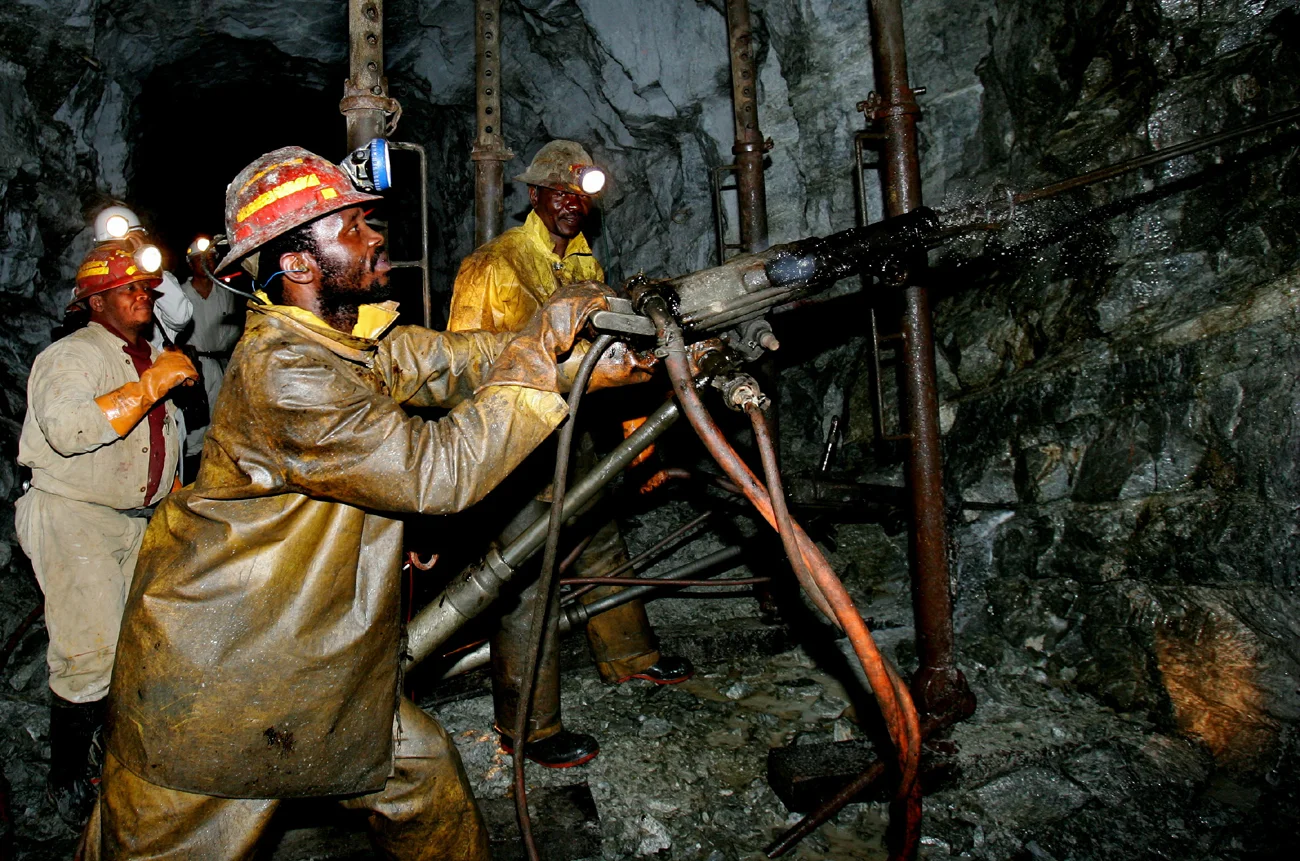Nigeria’s mining history is as rich as its untapped reserves of minerals buried under its soil. Alongside precious stones like gold, the country is home to a wealth of industrial metals such as lithium, tin, limestone among others.
From the 1950s until the 70s, the mining sector contributed around 4 per cent to the country’s GDP. The quota has since dipped to less than 1 per cent in recent years.
Two factors explain this downturn. The first was the discovery of crude oil in the 1970s, which lured the government’s attention–and investment–from mining and agriculture, in favour of lucrativer petrodollars from oil exports.
The second culprit is the implementation of the government’s indigenisation decree, which pushed foreign mining companies to divest from Nigeria, leading to a collapse of foreign participation in the sector.
In a desperate bid to diversify the economy, the Nigerian government introduced a mining road map in 2016. This would not only create a globally competitive sector capable of contributing to the national GDP. It would also provide jobs and enhance social security.
The progress so far falls short of the aspirations of the road map, however. A combination of infrastructural deficit and environmental concerns has blighted mining in Nigeria. Limited infrastructure has spiked the costs of operation, discouraging potential investors.
Today, Nigeria’s mining industry is sustained largely by artisanal miners, particularly in rural areas. However, these small-scale operations, while sustaining livelihoods, employ crude techniques such as deforestation and unregulated use of mercury, which imperil neighbouring communities and harm local ecosystems.
A notable intervention by the Tinubu administration towards mining is the creation of a National Solid Minerals Area Development, modelled after the Niger Delta Development Commission. This is to encourage sustainable practices, ensure equitable distribution of benefits and stimulate socioeconomic growth in mining communities.
To attract investors, the government has designed a solid minerals corporation that offers investors and the public a 75 per cent stake. This comes amidst plans to earmark N70 billion naira for mineral exploration.
Experts argue that the lack of available data on natural resources poses a hurdle to the industry’s growth. Making statistics on revenue and expenses public is crucial for stakeholders and potential investors to evaluate projects effectively. It’s also important to boost investor confidence.
Until recently, this was particularly challenging for potential foreign investors, who were required to travel to the country to obtain adequate information. The Nigeria Mineral Resources Decision Support System offers a resource hub to investors looking for details about infrastructure and mineral resources.
Globally, the mining industry is shifting greatly with rising demand for critical minerals for energy transition. The boom has raised concerns about mining practices. Today’s miners struggle to reduce their carbon emissions.
The result has been low-carbon technologies and methods to produce the green metals, such as lithium, now in increasing demand. A 2023 survey by PwC reported that 41 per cent of mining CEOs believed that their companies would go out of business if they continued their high-carbon mining.
Like other industries, mining has been shaped by the advent of artificial intelligence and automation. This evolution requires a skilled workforce—a problem facing Nigeria’s mining industry.
Nigeria’s partnership with an Australian university can close this critical talent shortage. Companies engaged in mining operations now enjoy tax incentives during their first three years of operation, which may be extended for another two years.
The concerted efforts by the Nigerian government demonstrate a strong commitment to revamping the mining sector. Yet it remains to be seen how much impact these interventions will have on the country’s deficient mining industry.






